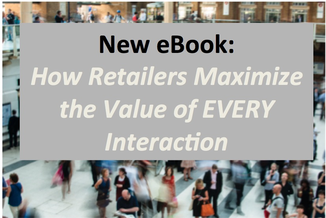It’s no secret that technology continues to outpace even the nimblest marketing plans. So how do we outsmart smart homes and stay relevant to consumers? I sat with our CEO Michael Caccavale to discuss.
For marketers, leveraging their data management platform (DMP) is the key to mapping, measuring, and ensuring each marketing dollar is well-placed. According to eMarketer, “DMPs help marketers find the inventory they seek by creating custom audience segments.” And once you know your target audience, you know where to spend. Great if you have a DMP. What if you don’t? I sat down with our CEO Michael Caccavale to discuss.
As marketers – and as consumers – connecting the dots between previous and future behavior is the key to appreciating a good offer when we see one. And today, that’s not as simple as recommending a fun pair of boots after I bought designer jeans. With our offices, mobile devices, and homes all connected and talking to each other, being on time and on message is increasingly complicated. I recently sat down with our CEO Michael Caccavale to talk about the challenges and opportunities that marketers can uncover when we look at the smart home market.

Coming off of the holiday season, retailers have an opportunity to look back at what worked – and what didn’t – and refine their plans for the new year. And while the holiday retail spike can provide a lot of insight, it’s important to look at the broader view to understand the entire year. Our CEO Michael Caccavale and I took a look at eMarketer’s consumer behavior roundup and discussed some fundamental considerations that marketers simply cannot overlook any time of the year.




